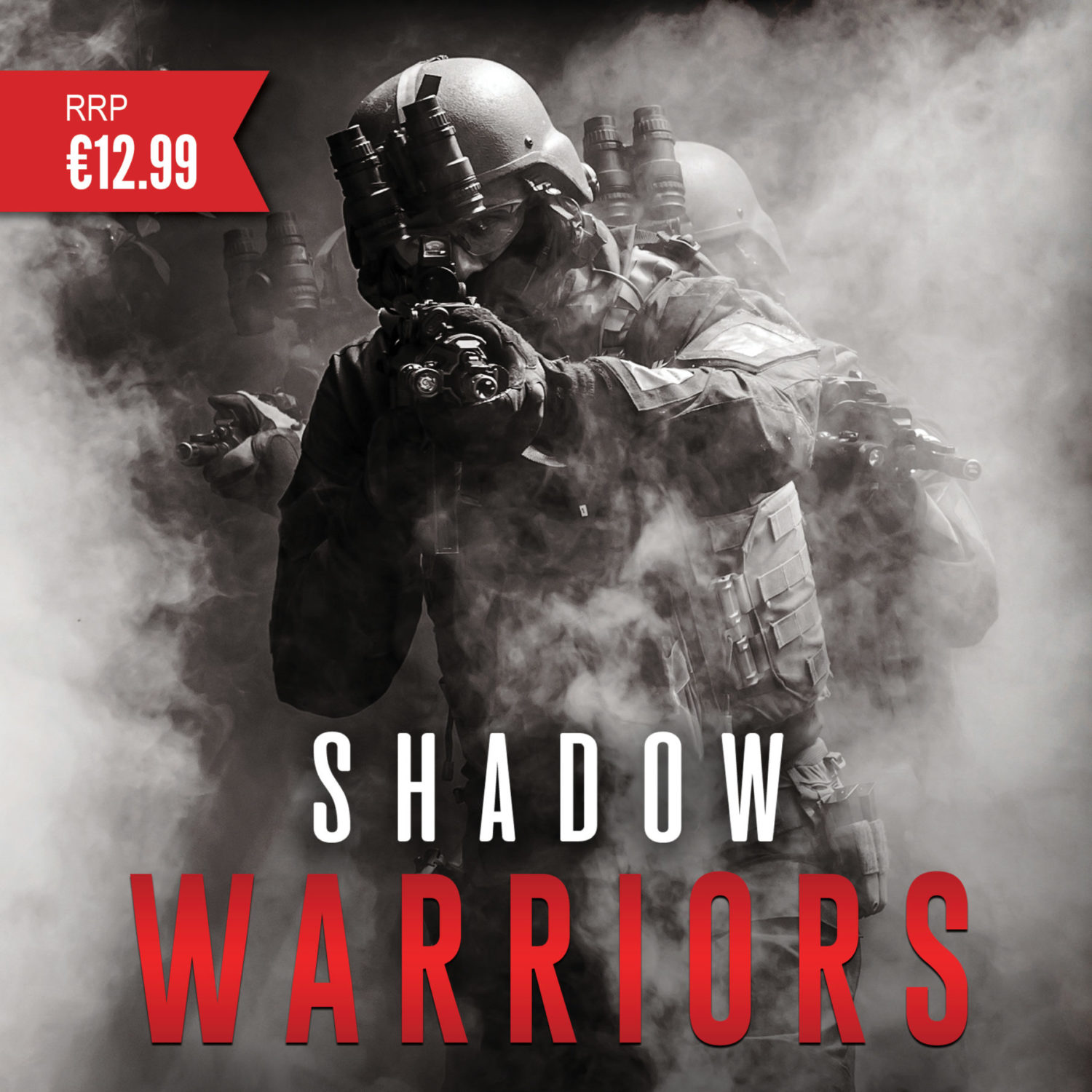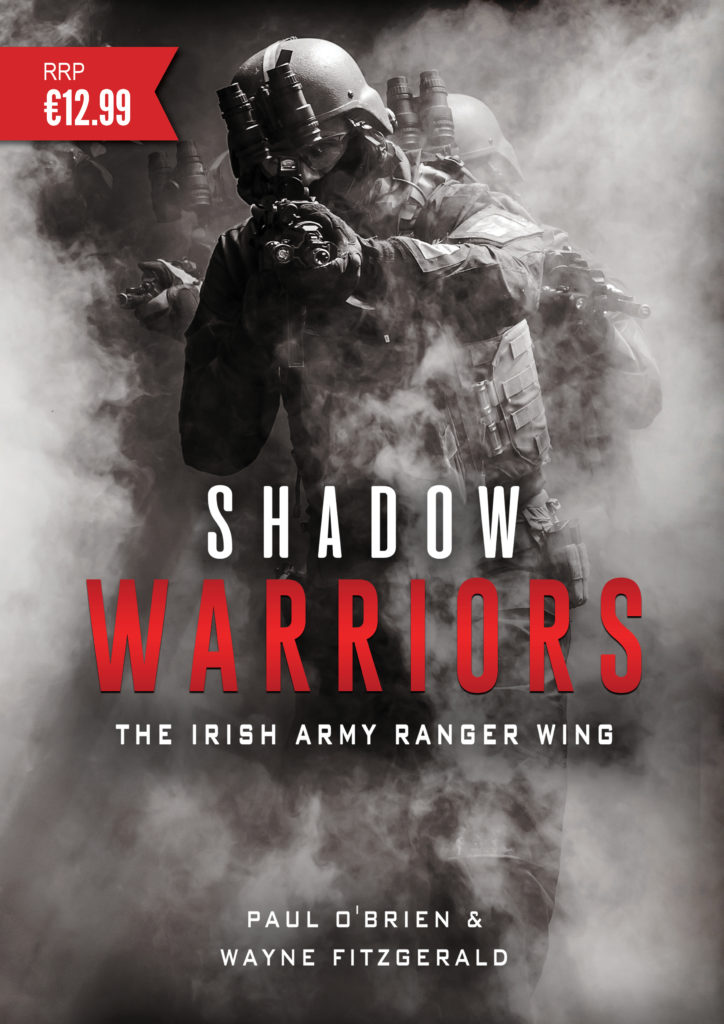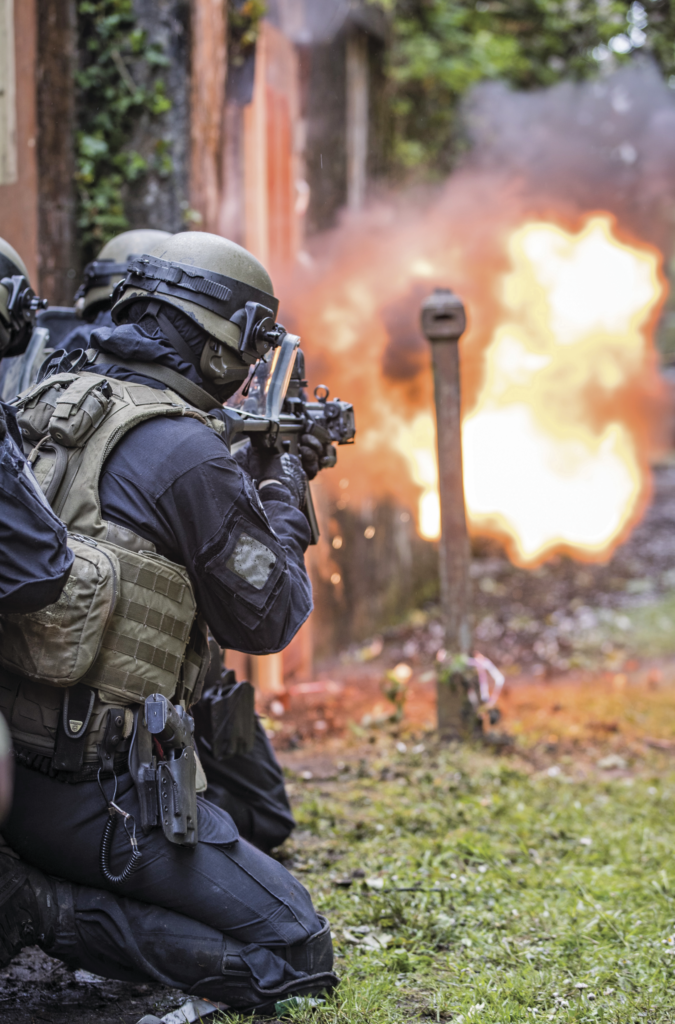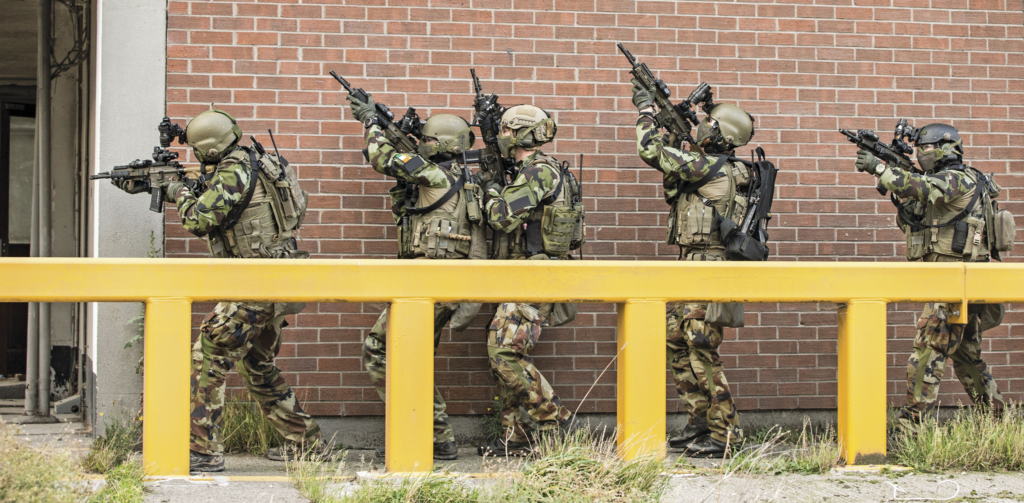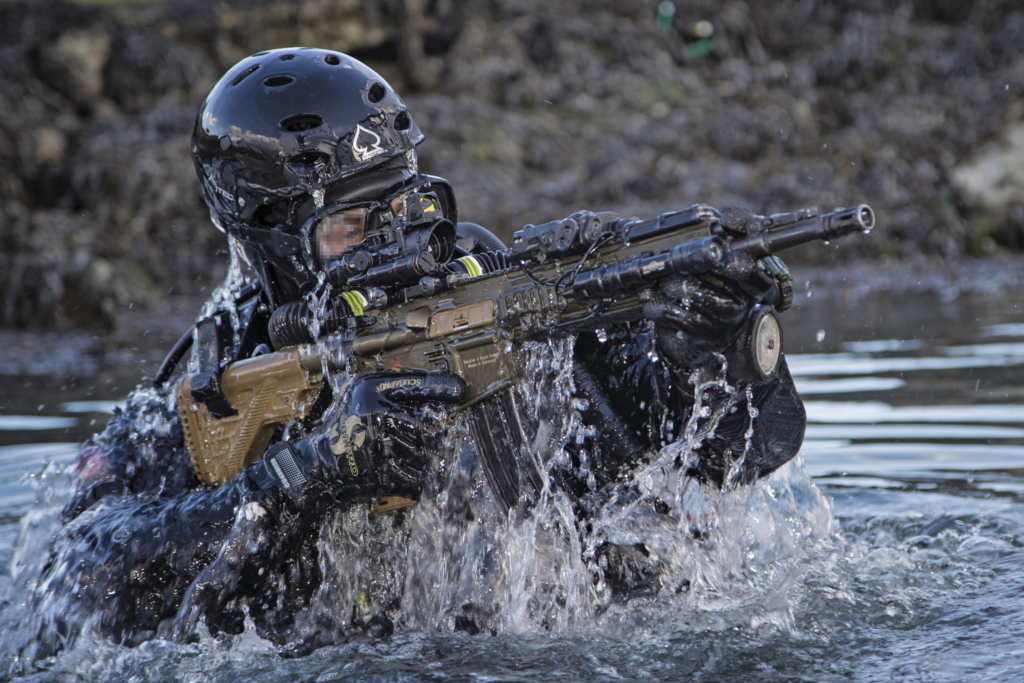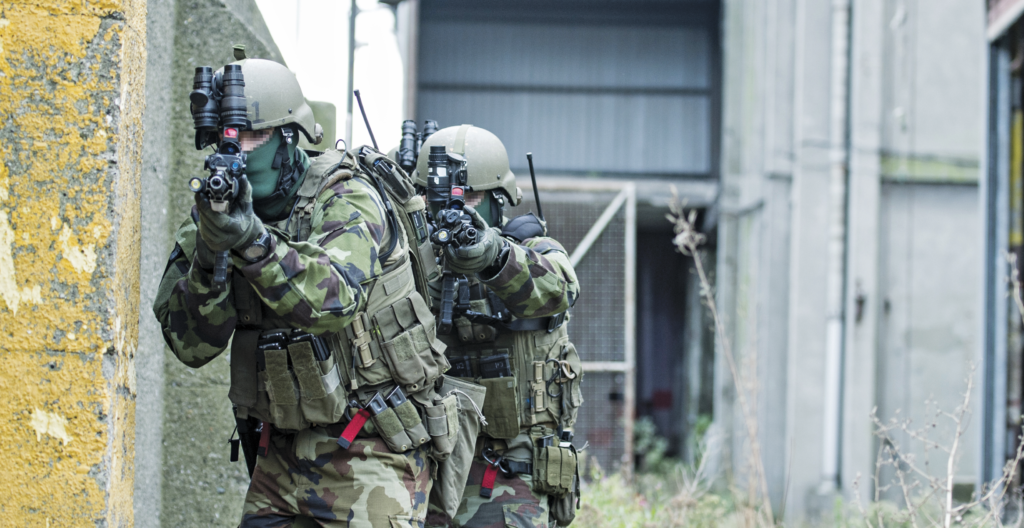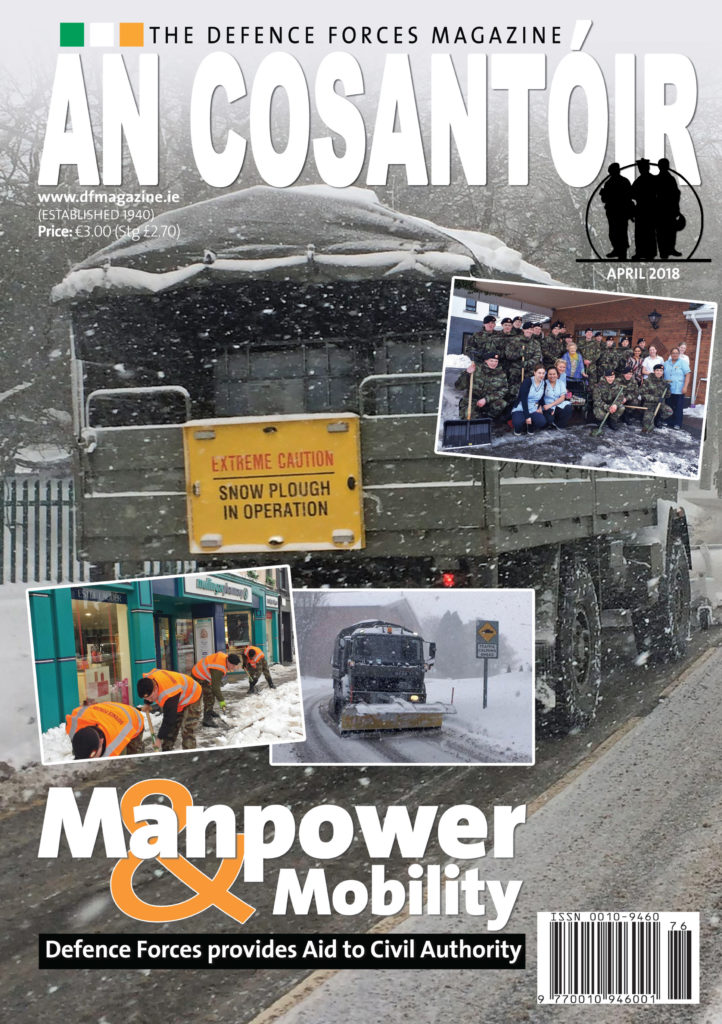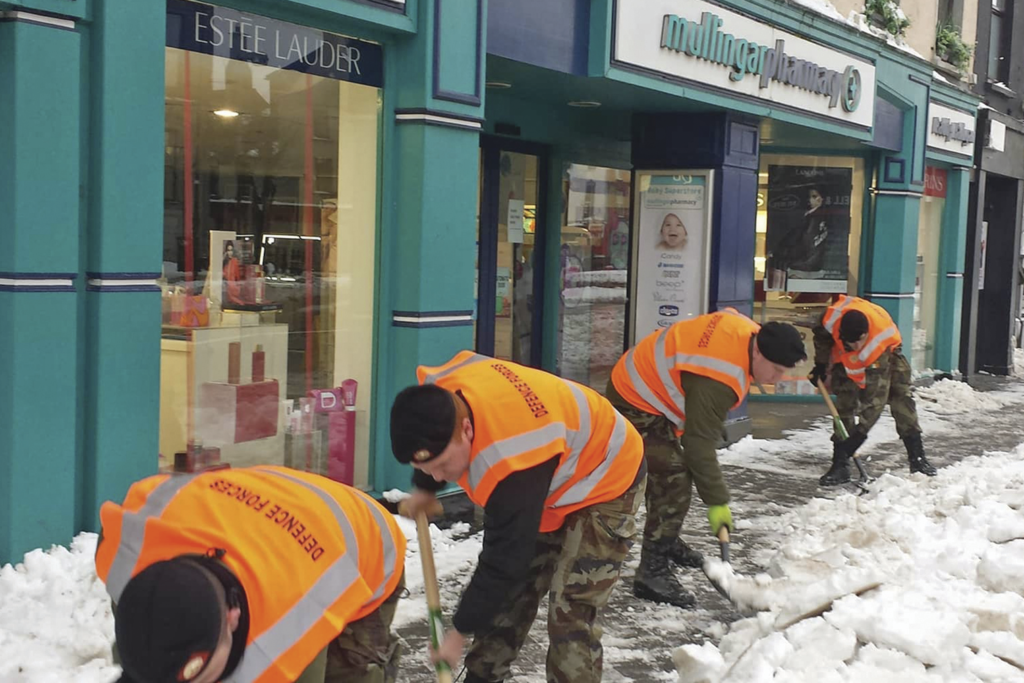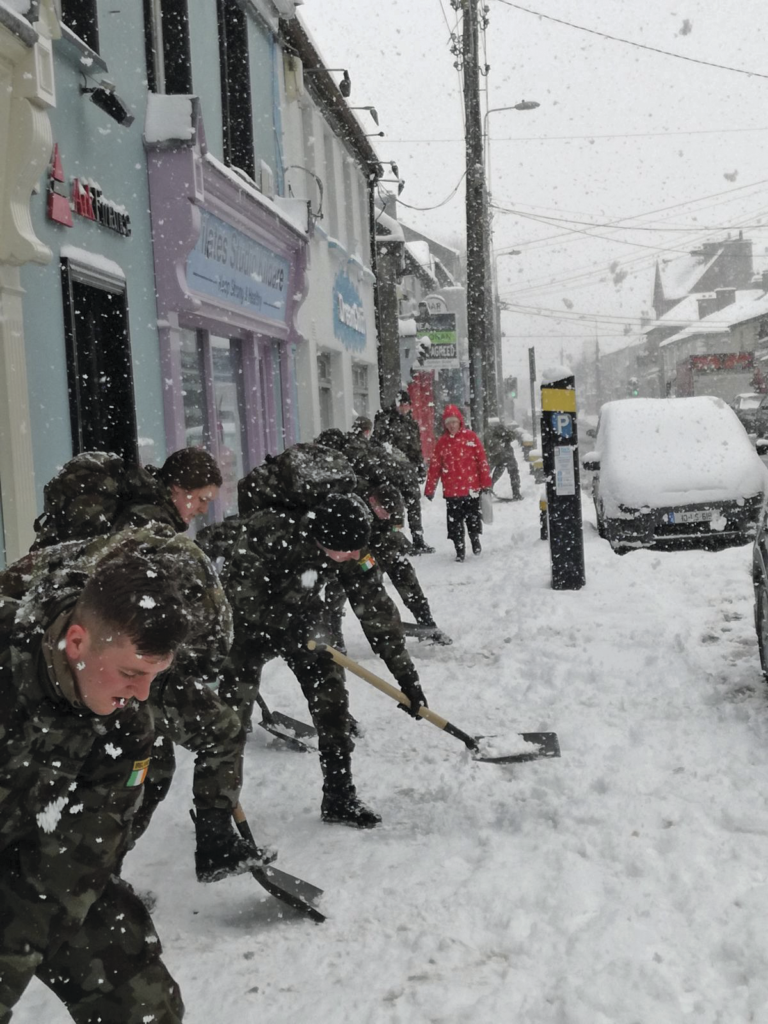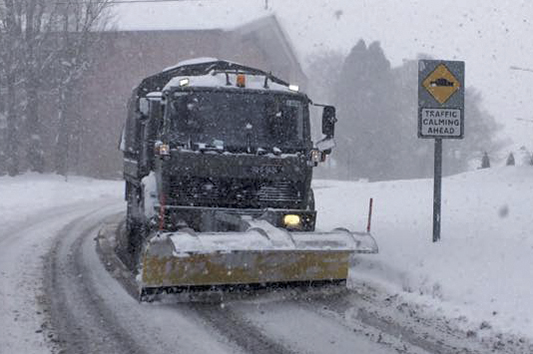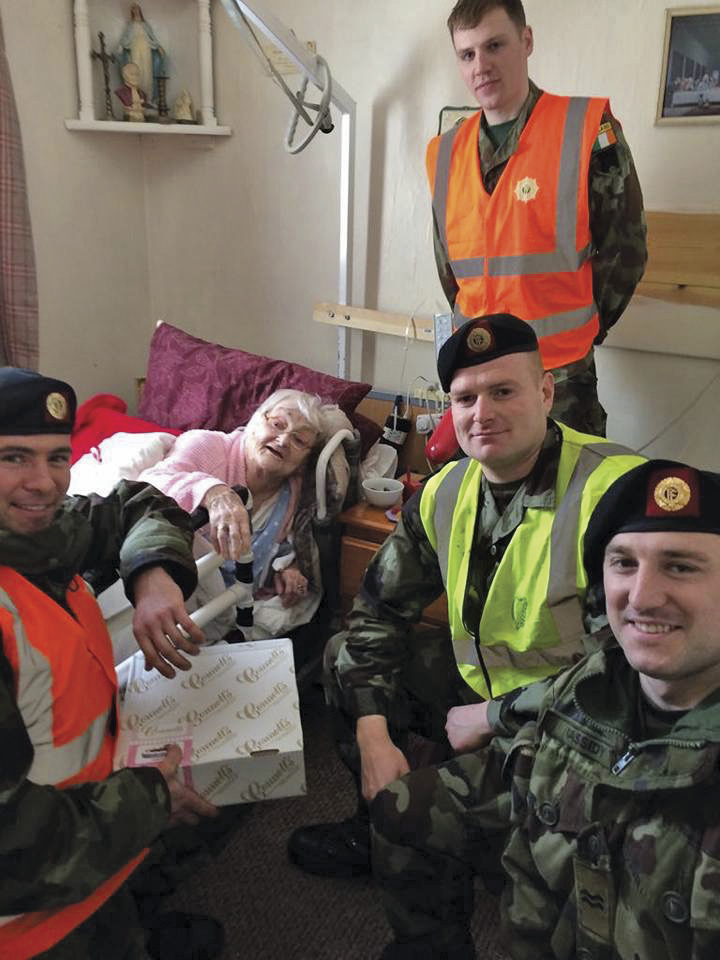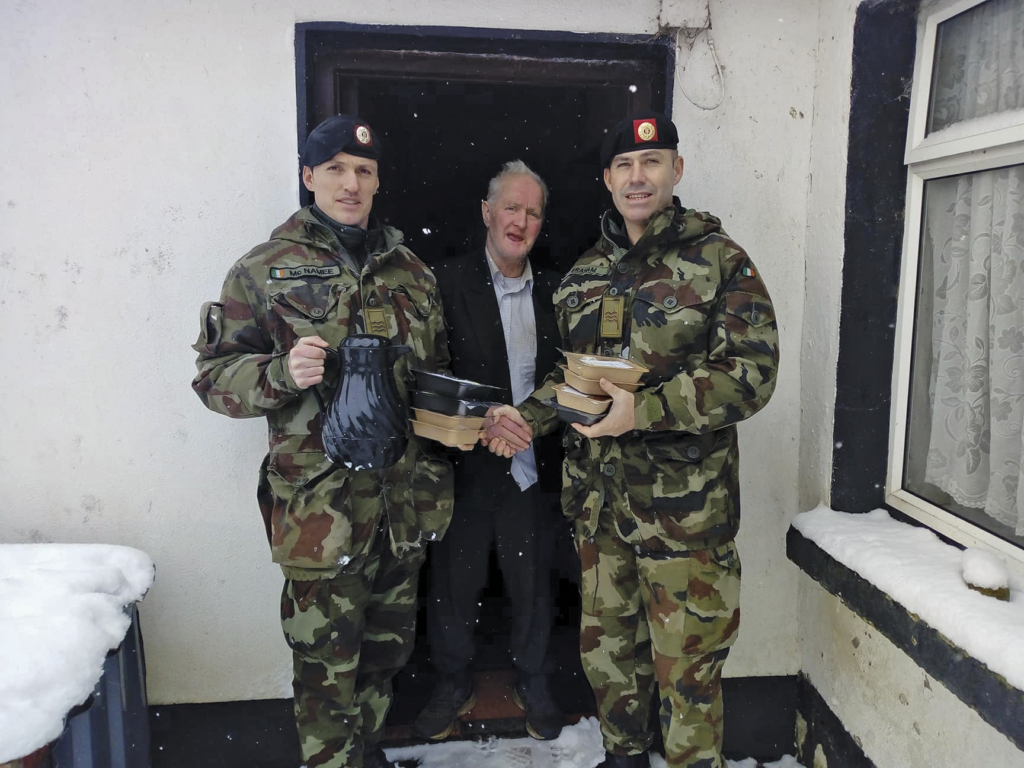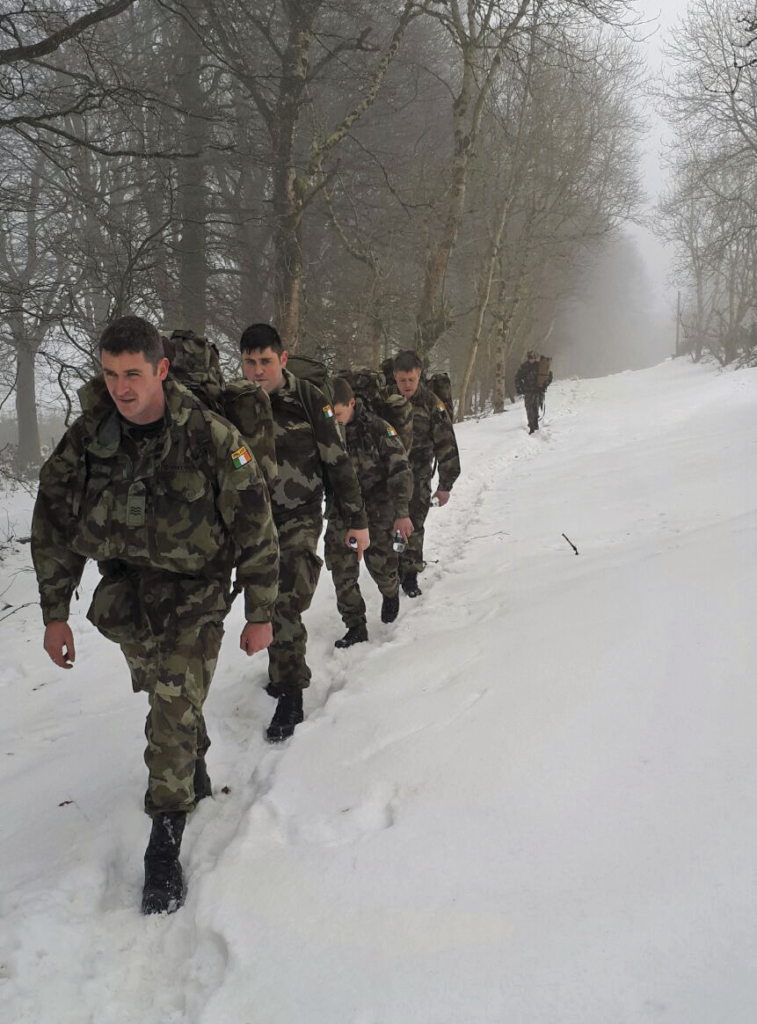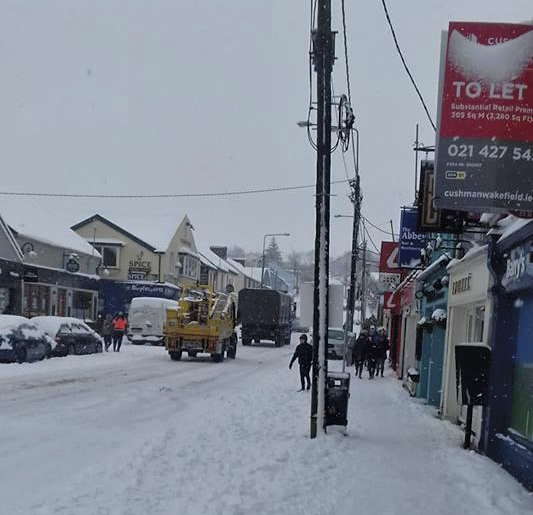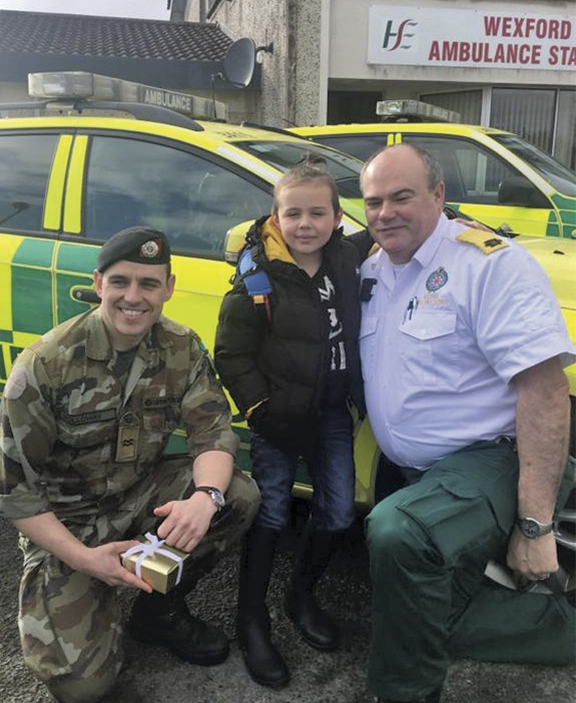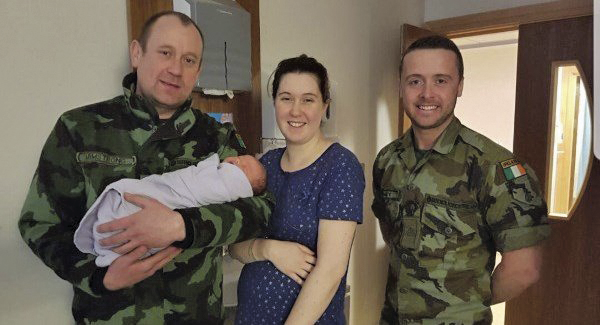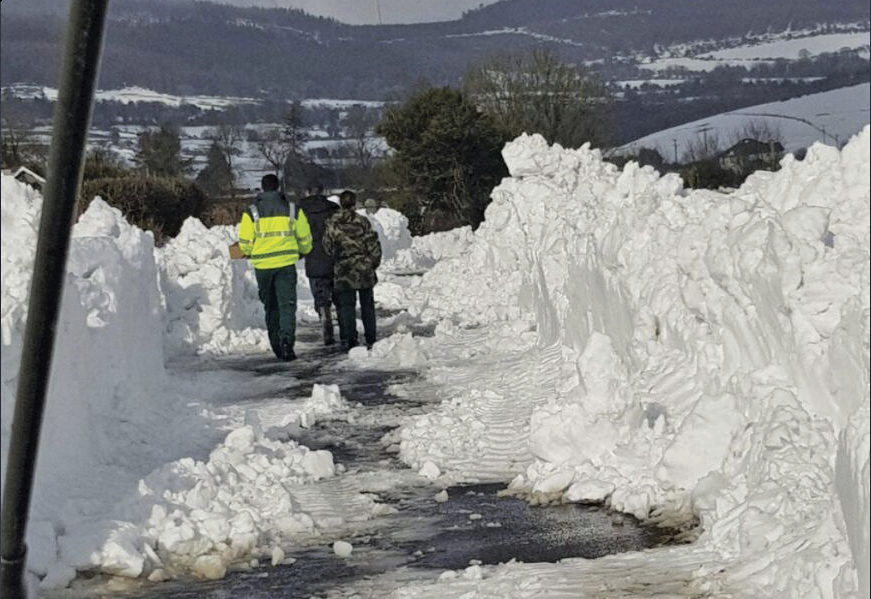As published in the July/August 2019 issue of An Cosantóir Magazine
By Sgt Wayne Fitzgerald, photos by DF Personnel and some photos courtesy of RTÉ/Motive Television
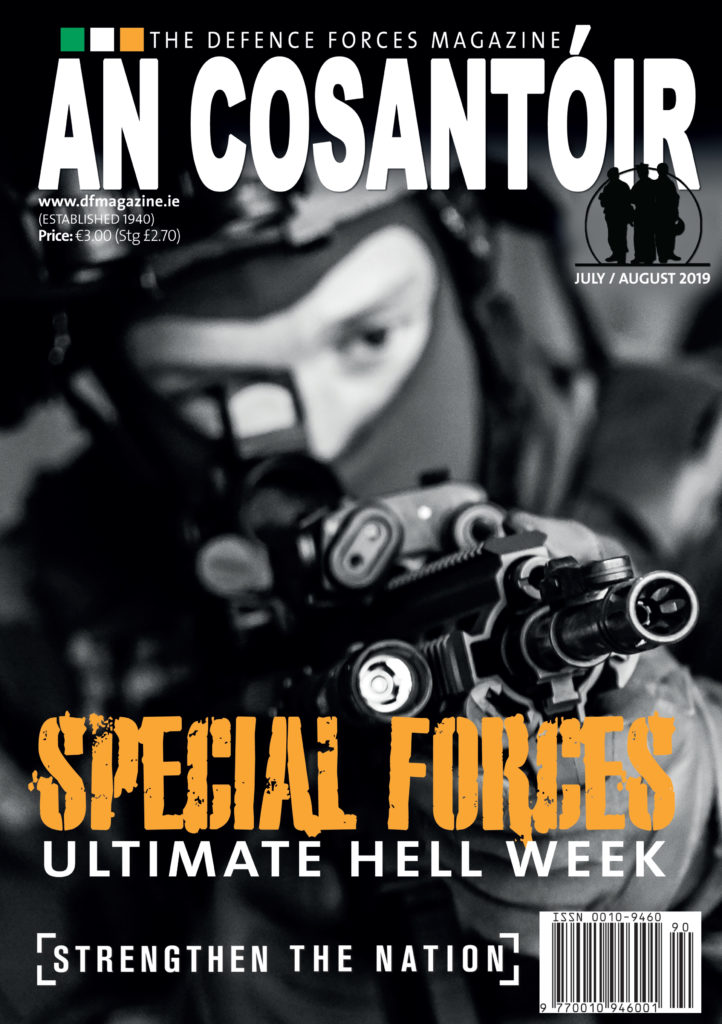
Now that we have looked at the physical and mental training and commitment it takes to become an Army Ranger Wing (ARW) Assault Team Operator in the previous article – imagine developing that training and condensing it into an 8-day selection course that would seek out 24 of Ireland’s fittest candidates for a brand-new factual format TV programme?
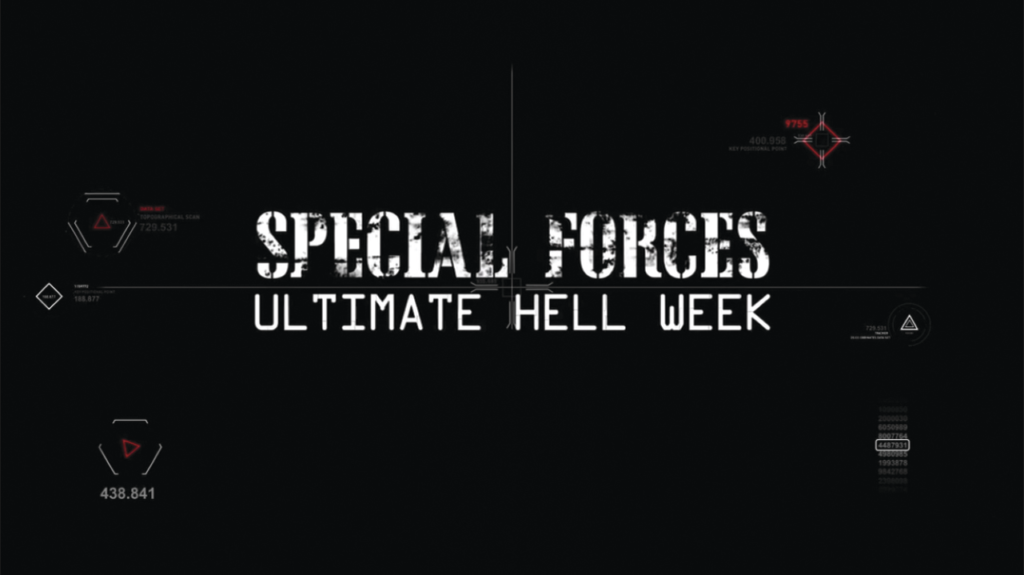
That’s what the Motive Television producers of Special Forces – Ultimate Hell Week, which aired in April, and May on RTÉ 2 put to four former ARW Assault Team Operators. Motive is an IFTA Award-winning television company specialising in producing factual entertainment shows and documentaries like The Notorious: The Series (RTÉ 2), and Toughest Place To Be (RTÉ 1). Motive’s Hell Week producer Jamie D’Alton said, “The four Directing Staff (DS) Ray Goggins, Alan O’Brien, Ger Reidy and Robert Stafford were absolutely incredible. Elite soldiers and seriously impressive men, who gave viewers a unique and privileged insight into what it takes to become a member of the ARW. This was a big call for them to get involved in, not only were they representing themselves and their families, they became the public face of the ARW and Ireland’s Special Forces. It was a significant responsibility.”
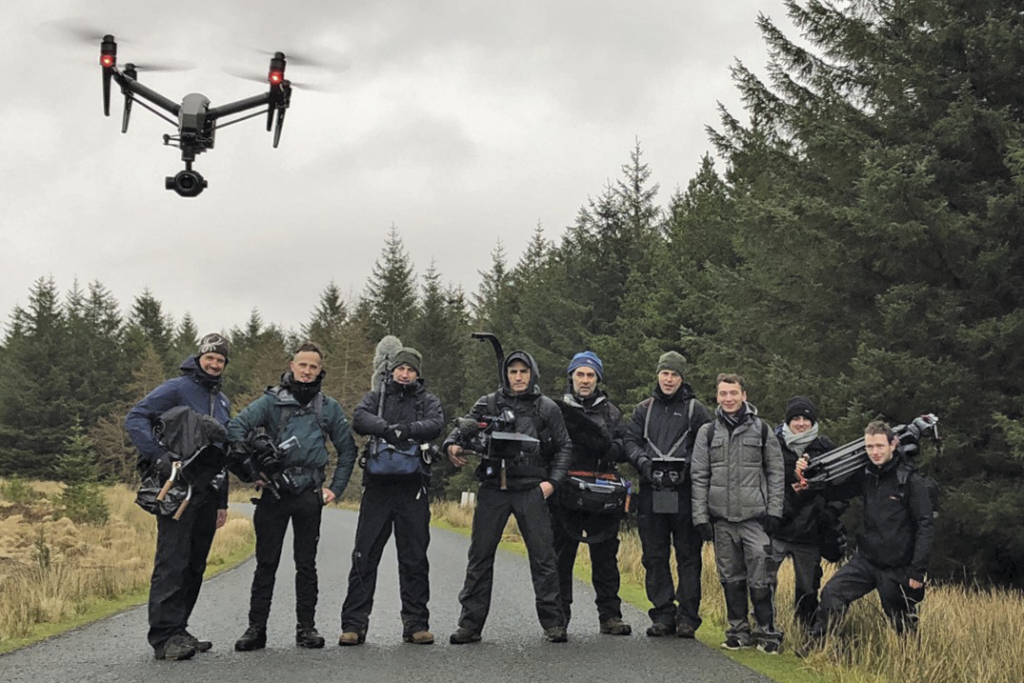
Jamie then explained, “From the production side, it was a huge undertaking: nothing like this had been attempted in Ireland before. Between casting the 24 candidates, building the sets and filming… With more than 50 crew working 21-hours a day, for 9-days straight, in the worst imaginable weather, it took a huge effort from the entire team to pull it off.”
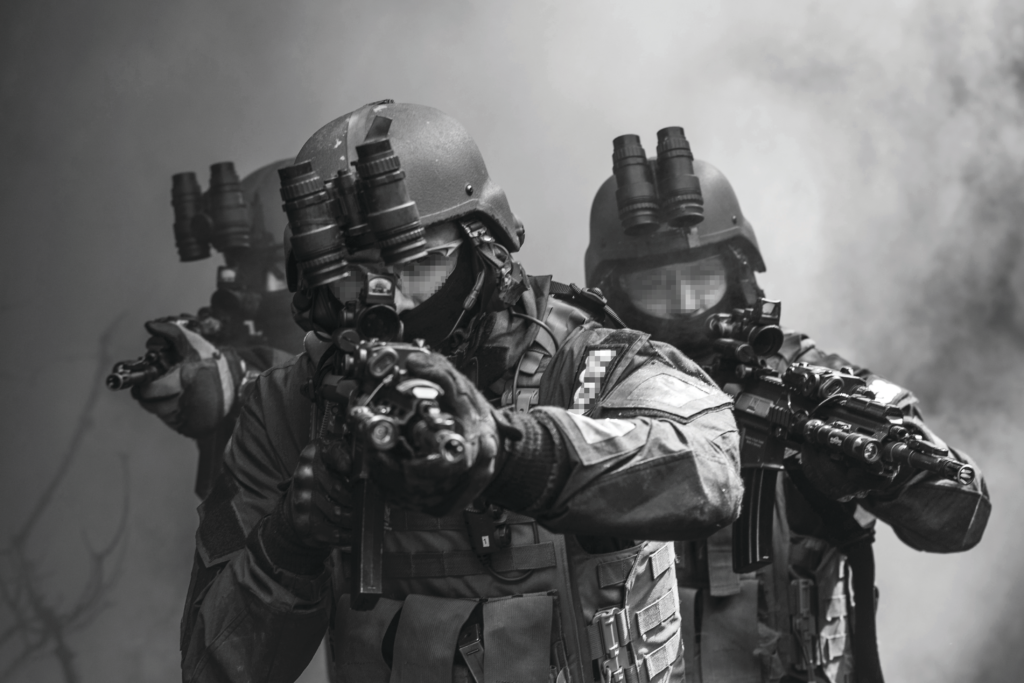
In getting the former ARW operatives to undertake the task Jamie explained, “From the outset they said the series had to be a robust and realistic representation of selection. At times this intensity probably shocked viewers, but ultimately it made for compelling television; a raw, honest telling of what members of Ireland’s military go through to become ARW unit members. The most ambitious aspect of the series was the decision for production staff not to directly engage with the candidates. From the moment they stepped off that bus on Day 1 it truly felt like they were on selection. It was amazing how quickly they forgot about the cameras and became fully immersed in the experience.”
Reserve Defence Forces (RDF), Cpl Paul Magee AR, 7 Inf Bn was a member of the production team, “After 10-years in the reserves and working in television, I was well suited to work on this show. The extreme conditions faced by the candidates had to be endured by the crew. The schedule left some of us with as little sleep as the candidates. Operating a camera in sub-zero temperatures with driving rain and snow is always a challenge, especially as its more delicate than a rifle. The physicality required by the candidates was astronomical, it surpassed anything I have ever seen the DF and bearing in mind none of them had any military experience, their performance had to be applauded.”
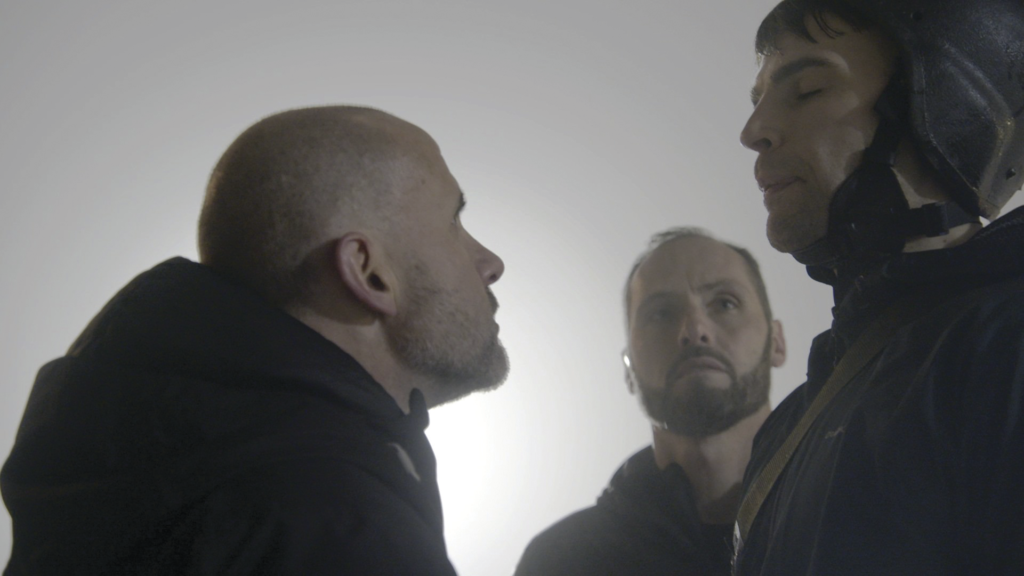
Hell Week’s 24 candidates (18 men and 6 women) arrived in TIS Kilbride Camp in Co Wicklow by bus. Here they met the Directing Staff for the first time, who brought them into their world very quickly – by having them strip to their underwear in the freezing rain. The next few episodes showed back-to-back tasks coming at them as they are pushed to their limits – within 24hrs six candidates are eliminated. A snow blizzard hits the camp where the remaining 15 candidates start to show signs of increasing fatigue. The remaining episodes see the candidates attempt to overcome physically demanding tasks, and the DS do more psychological games to see who will crack, until we get down to the last five candidates to see who has what it takes to survive and pass Special Forces – Ultimate Hell Week selection.
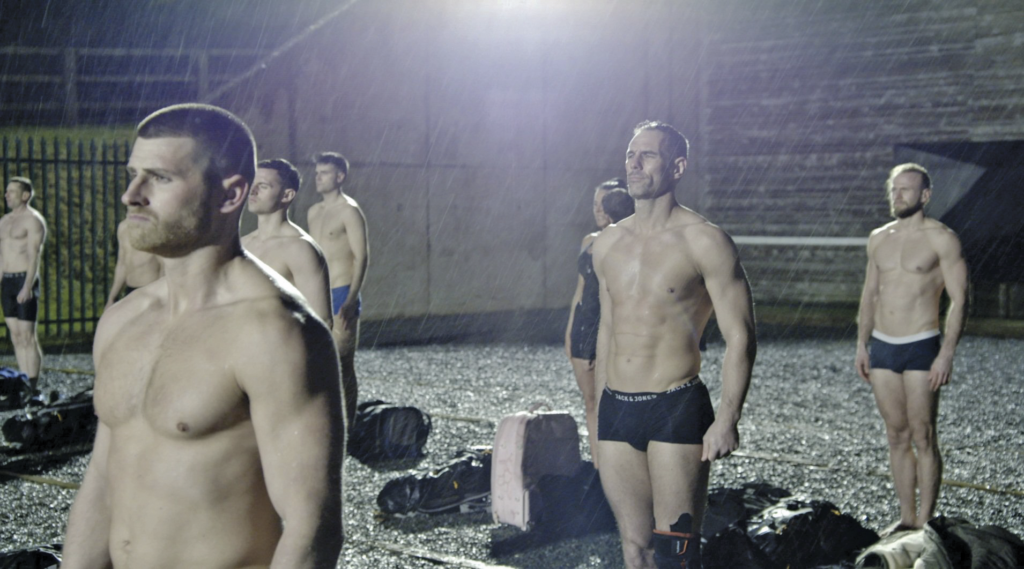
Hell Week’s Directing Staff all lived the high-octane life as Special Forces Operators for many years. Their experience of passing selection and being able to spot weaknesses in the candidates was there to see. It’s not just about shouting, swearing or trying to impose your presence on a candidate – it’s knowing when to do so and making sure the candidate can take the pressure and will respond to it; by either breaking and ‘Dropping Out’ (DO) or taking the pressure, biting down and doing better. Like most DF training courses there is always what we would call the ‘grey man’ or woman, the person who stays in the shadows and not coming to the eye of the DS. Then the opposite, the ‘heat seeker’ and Hell Week had a few of them too, some came to their attention straight after getting off the bus. So we got to ask them about their views on Hell Week.
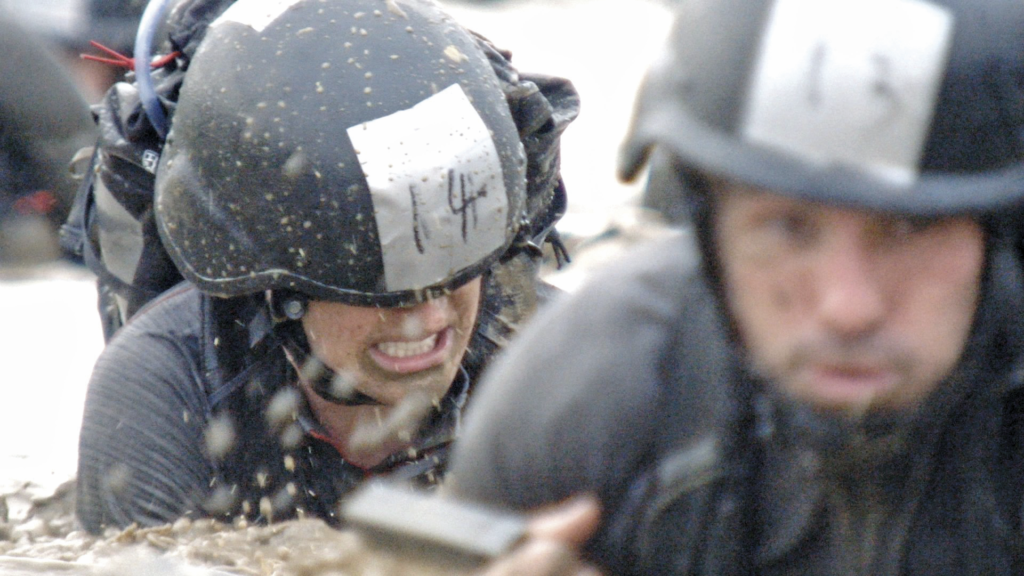
Robert Stafford, 22-years’ service, 2 Inf Bn with 17-years in ARW. He is currently working in the private security sector for Detail Security Consultants with a lot of international work. “We wanted to stay as true to the Irish ARW selection process, this leaned more to the old course which we did. Selection is a phase-based process which is over 9-months which might not relate to TV as easily.”
Ger Reidy, 23-years’ service, 2 FAR, with 20-years in the ARW. He is currently working in the private security sector for Detail Security Consultants with the majority of time working abroad. “We were determined that it had to mirror or be close to the selection process that the unit go through. We were also sacrificing a lot in our personal lives especially for the type of work we do in civilian world, so it had to be right from the off.”
Ray Goggins, 26-years’ service, 4 Inf Bn, with 17-years in ARW. He is currently working in the private security sector with a lot of international work. “Like the others I didn’t watch the other similar shows, so that we kept it to our own style and true to the old selection process.”
Alan O’Brien, 21-years’ service, 4 Inf Bn, with 11-years in ARW. He is currently working as a Programme Coordinator in the School of Medicine at University College Cork.“The show must as far as possible be an accurate reflection of what is required to become a member of the ARW.”
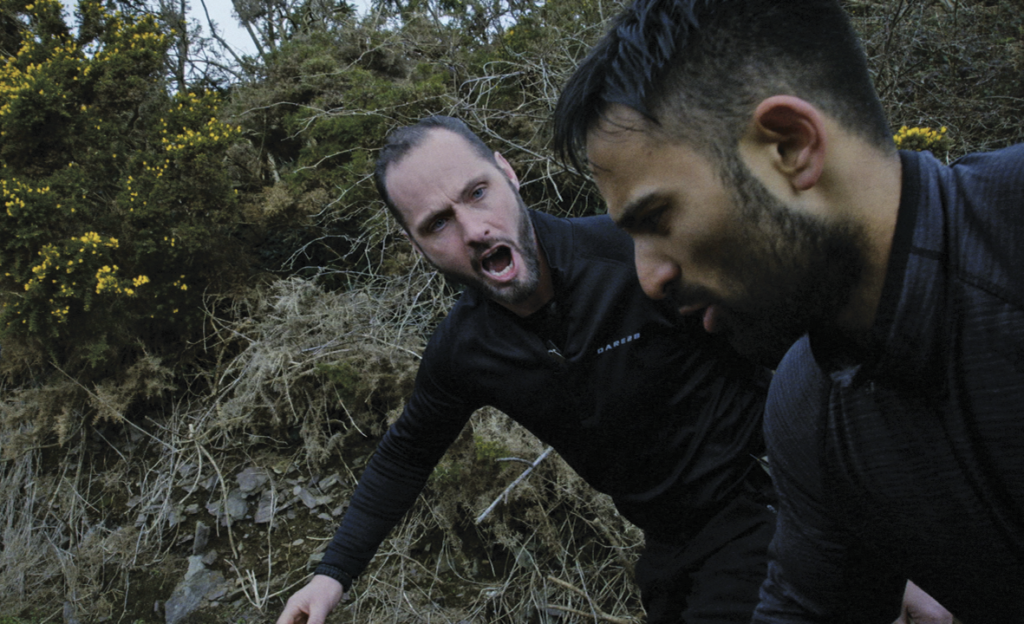
Looking at early candidates and if they could see anyone passing selection, Robert said, “#21 Dimitry Vinokurov was very quiet, but completed every task without coming to our attention. #3 Michael Keogh was a very strong candidate but could overbear some of the others who were in appointment.”
Ger added, “I thought #16 Ray Kenny had a really good chance of finishing it out. He came across really strong. #12 Michael O’Shea was doing really well – switched on and well rounded. However, he dislocated his knee during the Unarmed Combat phase.”
Ray continued, “For me #3 Michael Keogh performed very well on the ‘Scratch’ task, he was keeping them going at times, when they needed it – and then he was taken out on the river crossing.”
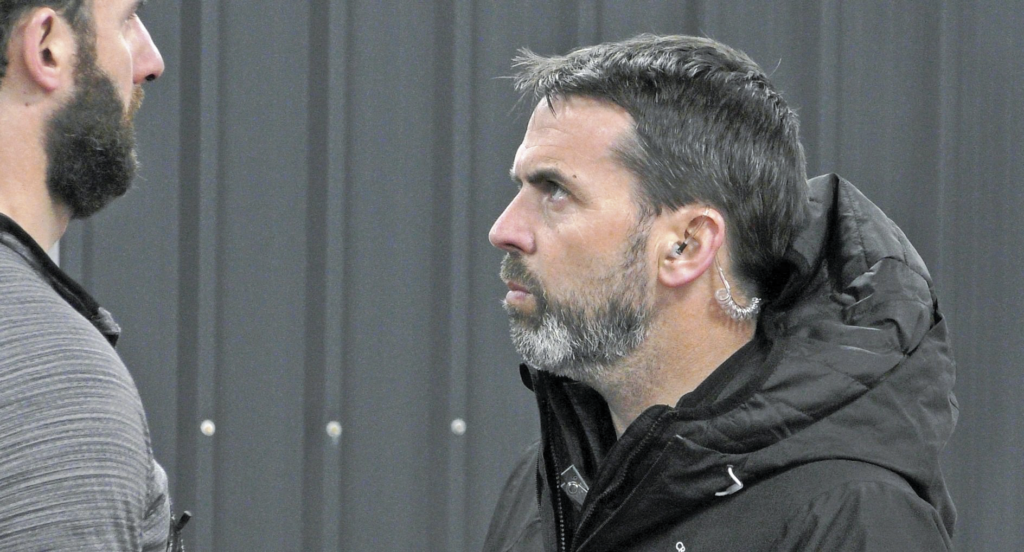
Alan said, “It’s not unusual for a candidate who is near the back in some of the tests to be still standing at the end, as was the case with #14 Grace”
We then looked at the different tasks, Robert said, “The bridge jump and the foreman/aftman 20k weighed forced march were my favourites; the bridge jump tests a number of fears, like heights, water and of course there’s the cold factor. The foreman/aftman is all down to the individual commitment to finish. You have the weight, the uncertainty of not knowing where the finish line is and then there’s the good old Irish weather, which was blowing a gale on the day – I came very close to calling this event off.”
Ger added, “I like the pipe crawl, you know straight away whether a person will do the challenge or not. It really takes you out of your comfort zone. Claustrophobia it one of many things we look for during selection and the pipe will show that.”
Ray agreed, “The foreman/aftman was my preferred task, as mentioned, they don’t know how well they are doing on times, distance – you just have to keep going and pushing on. Also, the unarmed combat really shocked the candidates, we intended to put them in an uncomfortable position which reflects combat.
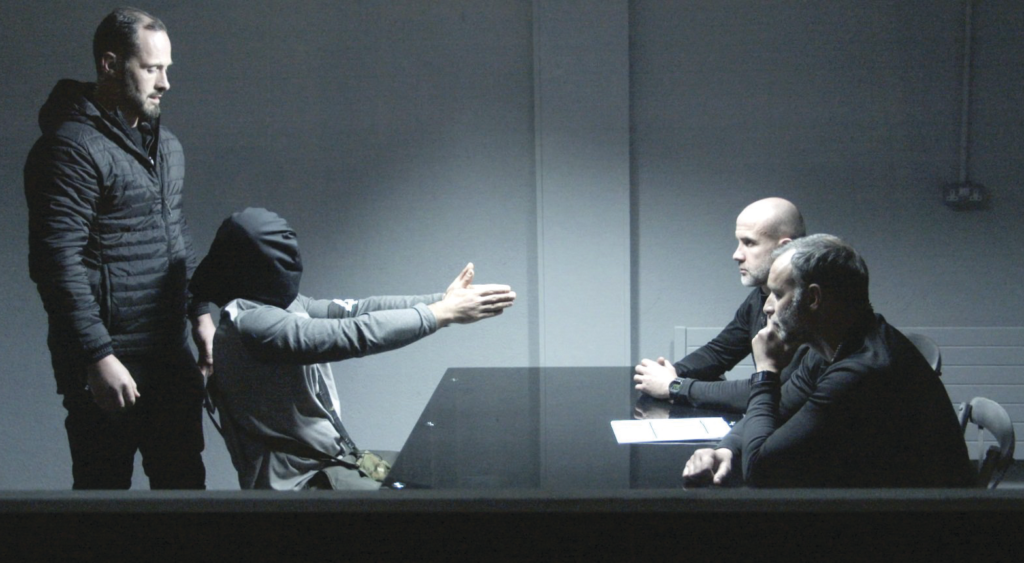
Ger continued, “The unarmed combat was difficult because some never had to physically confront someone – now we were asking them to fight each other when they had just made friends.”
Alan added, “The casualty evacuation task in Fort Davis was a SOF hostage rescue mission, and is designed to test their physical and mental strength, leadership, teamwork, situational awareness, decision-making…”
Looking at the eventual winners, Robert said, “I thought #14 Grace would get through, she never complained, always tried to help others while being a real team player. She continued to put her head down and just keep going and that is one of the keys to passing. #4 Des was a very level-headed and clear-thinking candidate, he was constant all the way through, but near the end caught our eye for a couple of reasons.”
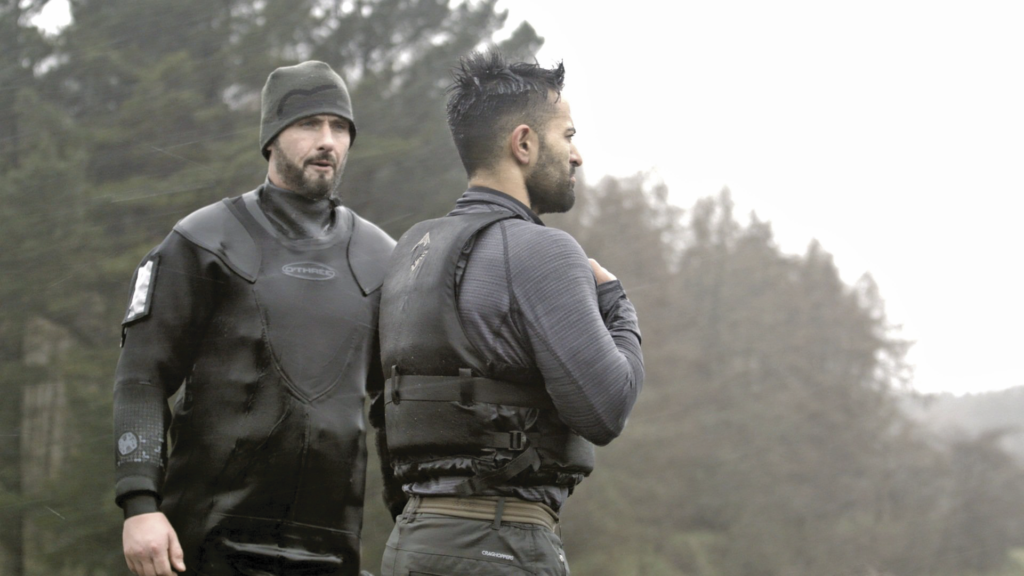
Ger added, “#14 Grace is what we would call the grey man or women. She never really stood out till the later stages. She helped others out a lot, good team player, never complained and she had a really good attitude toward the whole process. #4 Des seemed to be very strong in all the challenges and throughout, he’s fairly switched on. Yes, near the later stages he came to our attention but he pulled through to finish.”
Ray made the point, “Any one of the last five candidates could have passed, some were taken out on the interrogation task – which surprised us.”
Alan agreed, “#14 Grace was the typical course ‘grey person’, once she passed foreman/aftman she had a good chance of succeeding, as her mental strength was obviously her strongest asset. #4 Des was a strong candidate right from the start, both physically and mentally. He had a very difficult day in Fort Davis, but recovered well to produce a strong finish.”
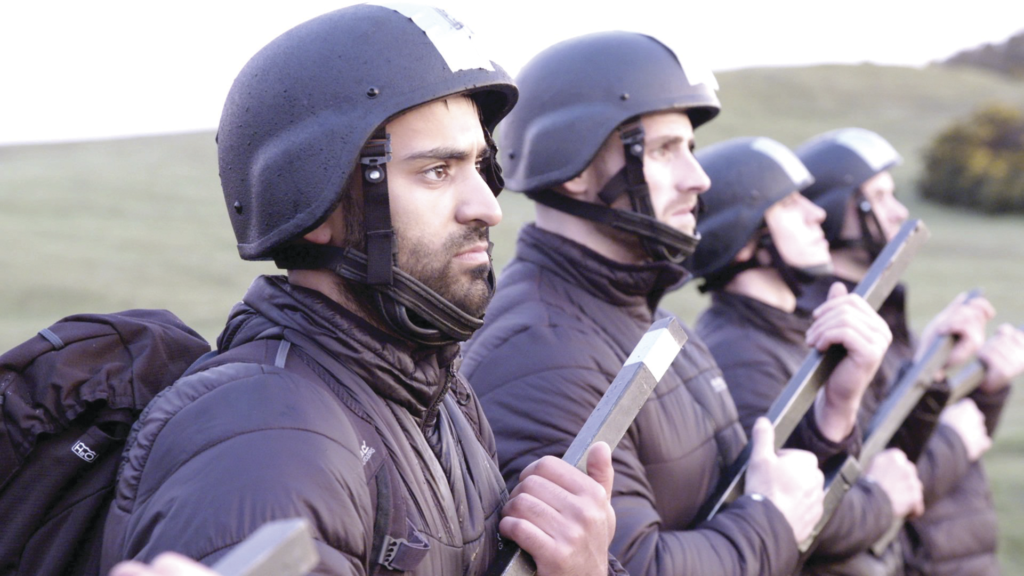
Finally, is there a season 2? Robert said, “We are talking it through at the moment. If people think there’s a ‘Cut’ and everyone just starts acting at any phase of the show’s production, I assure you there isn’t.”
Ger added, “The show’s success was really down to Jamie and his crew – never once did we shoot anything a second time as that’s not how it goes on selection. For season 2 we would be looking at keeping the same tasks but with different dynamics…”
Alan made a good point, “The show gave a small glimpse of what it takes to become an ARW SOF Operator. Most DF members would have undertaken similar challenges in their career and I hope that the show’s success will raise public awareness of the commitment and training that is required of DF members.”
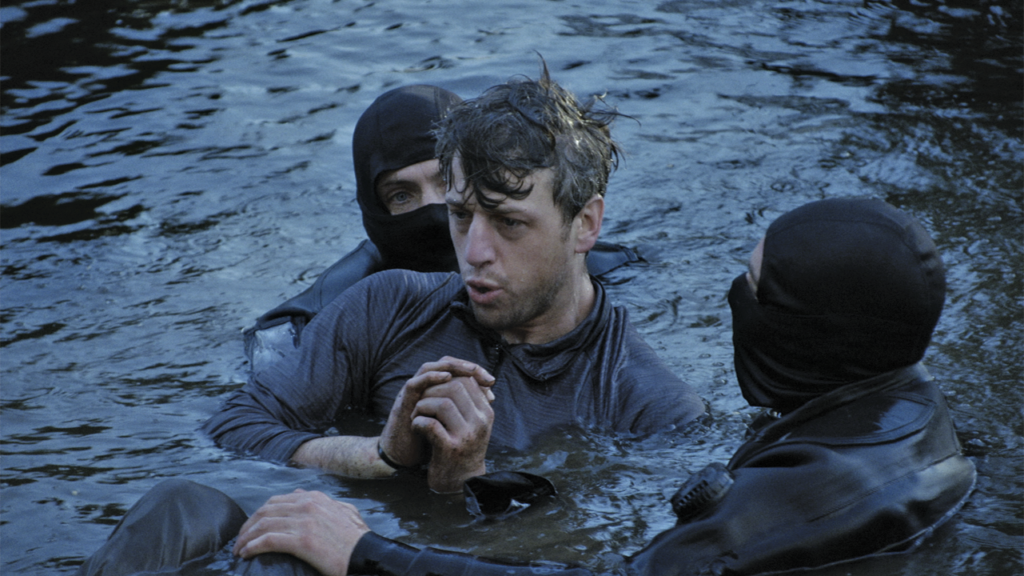
We then met up with Hell Week’s finalists, #18 Mark Cushen a member of An Garda Síochána explained how they had no interaction with the film crews and that was a rule from the outset, “in-doors the cameras were fixed to locations so they were not in your face.” #11 John Kenny Firefighter/Paramedic added, “It’s as real as they could make it – I reckon I got a total of 15hrs sleep throughout the week!”
His Firefighter/Paramedic colleague #16 Ray Kenny added, “We had no watches or clocks to know exactly what time of day or night it was – only the orderly sergeant had one to use so we knew what time to be outside at – it wasn’t synchronised to real-time.”
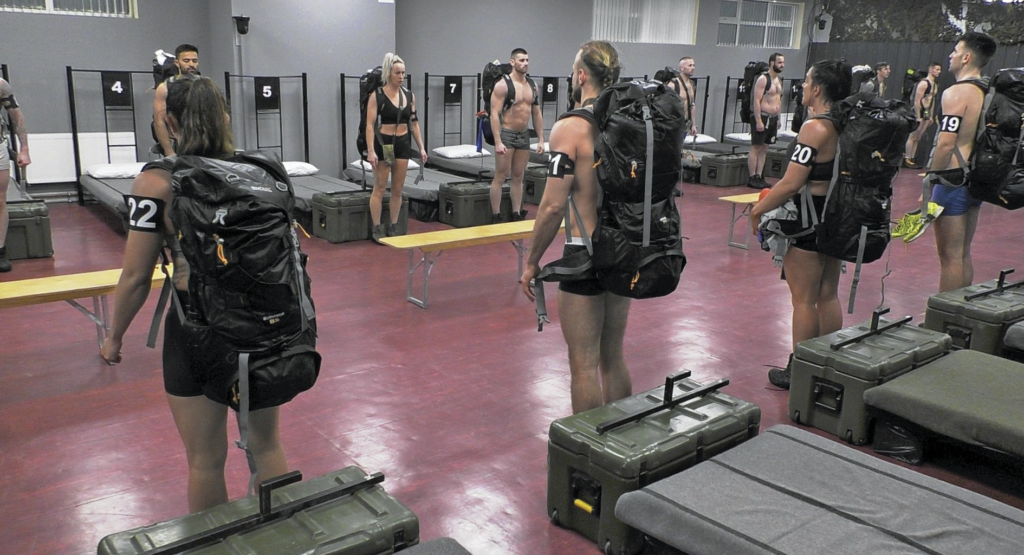
The Candidates learn the leopard crawl. 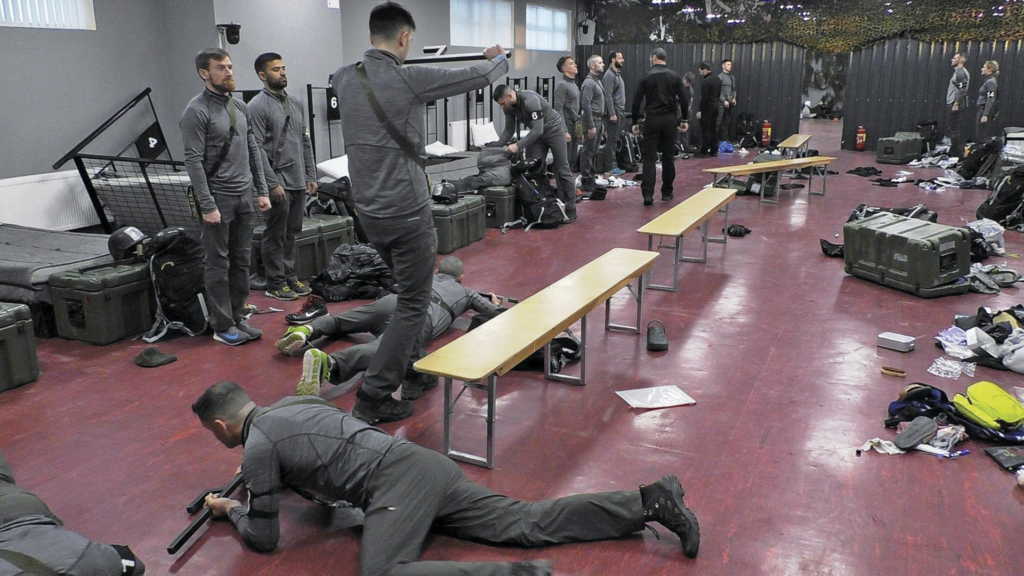
The Candidates learn the leopard crawl.
#14 Grace O’Rourke explained, “All the candidates were very physically fit going in.”
They explained about also doing a night sentry duty in helmet and weapon ‘bar’ on the billet door, which was divided amongst the candidates – who were dropping out daily.
They only had two sets of clothing, “we copped on quick to number our kit, and grab something dry for the next task!” one of them quipped. Ray added, “our boots were never dry, that’s why we wore flipflops in the billet,” he then told a great story of his missing flipflop in the snow from the first evening.
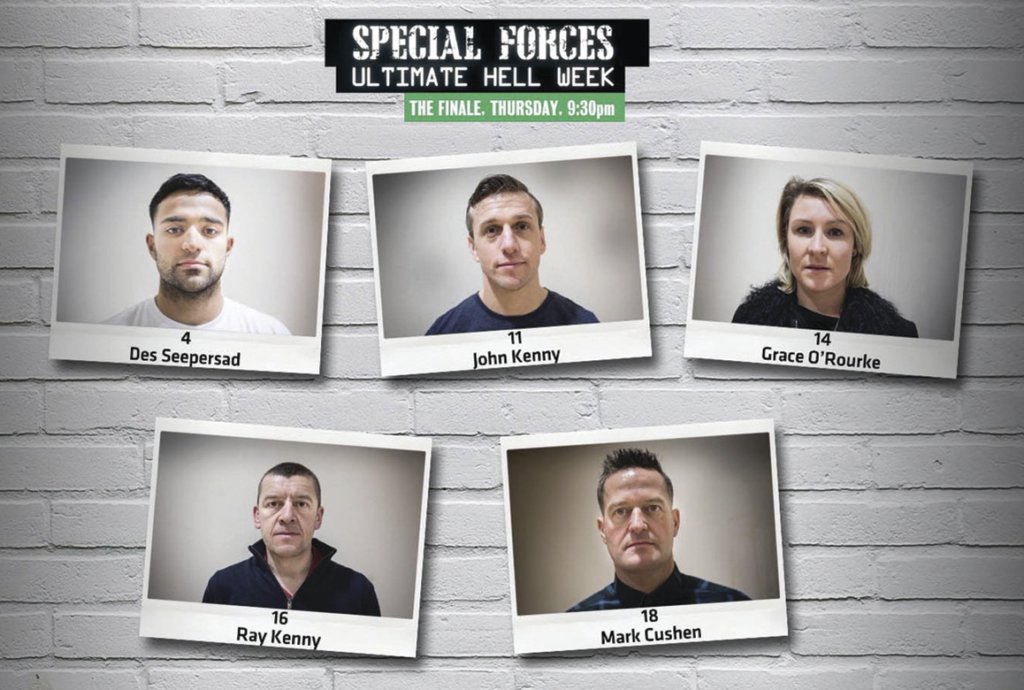
We chatted about the great comradery and friendships that have built up amongst them after this challenging experience. They explained they had never met before the show, except to go through the interview and fitness test process where they crossed paths. John said he knew of Ray but they weren’t friends then.
Around 350 applied for the show with approx. 60 selected for the fitness tests before the final 24 had a meeting with the producers and received their briefing and kit list, and they were allowed to break-in their boots before the show started.
John said it was very easy to get sucked into the whole atmosphere of being in a training camp, the not knowing what was coming next kept them on their edge, “you just have to go in and give it 100%,” he said.
Discussing the tasks, Ray and Grace both said the bridge jump, not because of the height, it was the waiting in the freezing cold, “they said it would be warmer in the water, and they were right – I had grown men either side of me shivering, we were all encouraging each other,” she added. Mark added, “I had a bit of luck on the HUET task, I just made it out.”
They all agreed one of the best moments was when #4 Des Seepersad came back into the billet soaking wet and went to the bathroom to get showered and changed without saying what happened. The candidates tried to look at each other and try to figure out what the task was. The DS had him crawl through the pipe with water rushing through which made for some excellent TV, and gave us some great ‘one-liners’ – “Get out of my pipe”. It was also the catalyst for some candidates as their fear of enclosed spaces got the better of them. Another great moment was when John tried to escape during the escape and evasion phase, while everyone else was doing jumping jacks to stay warm.
Asked if they appreciate military training? Ray said, “We all have a more positive view on the Defence Forces and the Army Ranger Wing.”
Grace added, “I completed the An Gaisce Defence Forces Challenge 14-years ago. It was a really great experience and I had my heart set on a career in the Defence Forces. I applied three different times for a cadetship, but unfortunately it wasn’t to be.”
While it was back to their jobs for the lads, Grace has used the experience to set up her new business www.graceorourke.com, where she offers personal performance programmes.
Congratulations and admiration to Des and Grace for passing Hell Week’s selection course. After the final episode aired Des wrote on his Twitter account, “An honour to take part in and complete the ultimate test to find the ultimate civilian… delighted to be named the biggest legend along with Grace.”
Grace recently told Evoke Magazine about her experience, “Taking part in Hell Week was one of the most difficult and challenging things I’ve ever done, but it taught me so much about myself and has been an invaluable and truly life-changing experience.”
A few final words from Hell Week’s producer Jamie, “The show went down well with audiences, rating really well, with approx. 18% consolidated share, about 200,000 viewers per episode – which is really really strong.
In terms of season 2, there have been some preliminary discussions with RTÉ, but these are at a very early stage. The view would be that it’s only worth going again if we feel we can improve it. Lastly, to the 24 crazy recruits who took on the Hell Week challenge. All legends. All mental. All heroes. I hope all of them can look back on their time up the mountains and laugh about how mad it was, but feel very proud of themselves!”
Read these stories and more in An Cosantóir (The Defender) The official magazine of the Irish Defence Forces – www.dfmagazine.ie.
To read more about the Army Ranger Wing, get Shadow Warriors, the real story behind the Army Ranger Wing published by Mercier Press in April 2020.
“In the spring of 1980, the Irish Department of Defence sanctioned the establishment of a new unit within the Irish Defence Forces and the Irish Army Ranger Wing (ARW) came into being. In the decades that followed, its soldiers have been deployed on active service at home and abroad, generally without the knowledge of the wider public. The ARW is made up of seasoned men from across the island, who are selected through tough competition. Only the best of the best make it through and are trained in an extraordinary range of specialist skills. Being one of these elite operators takes more than simply being a skilled soldier – it means believing you are the best.”
Shadow Warriors tells the story behind the creation of the ARW, from its origins in specialist counter-terrorism training in the late 1960s and the preparation of small unconventional units in the 1970s to the formation of the ARW itself in 1980 and its subsequent history. The first and only authoritative account in the public domain of this specialist unit, authors Paul O’Brien and Sergeant Wayne Fitzgerald have been granted access to the closed and clandestine world of Ireland’s Special Forces, who train hard, fight harder and face unconventional types of warfare, yet prefer to stay out of the limelight.
‘SHADOW WARRIORS’ by PAUL O’BRIEN & WAYNE FITZGERALD
ISBN: 978-1-78117-762-4 – Price: €12.99 – Also available on Amazon, Book Depository, Waterstones and Easons.com and can be ordered in all book stores.
The Kindle ebook version is available on amazon for €4.20 https://www.amazon.co.uk/Shadow-Warriors-Paul-OBrien-ebook/dp/B085VW2P4H
